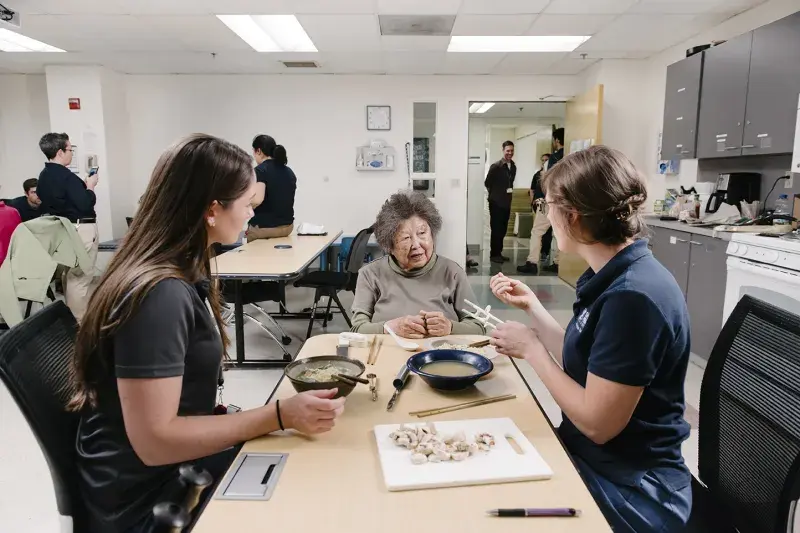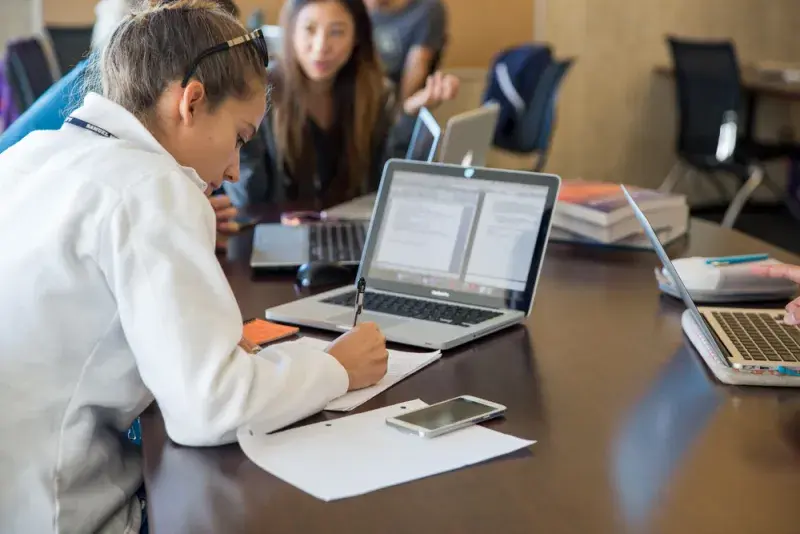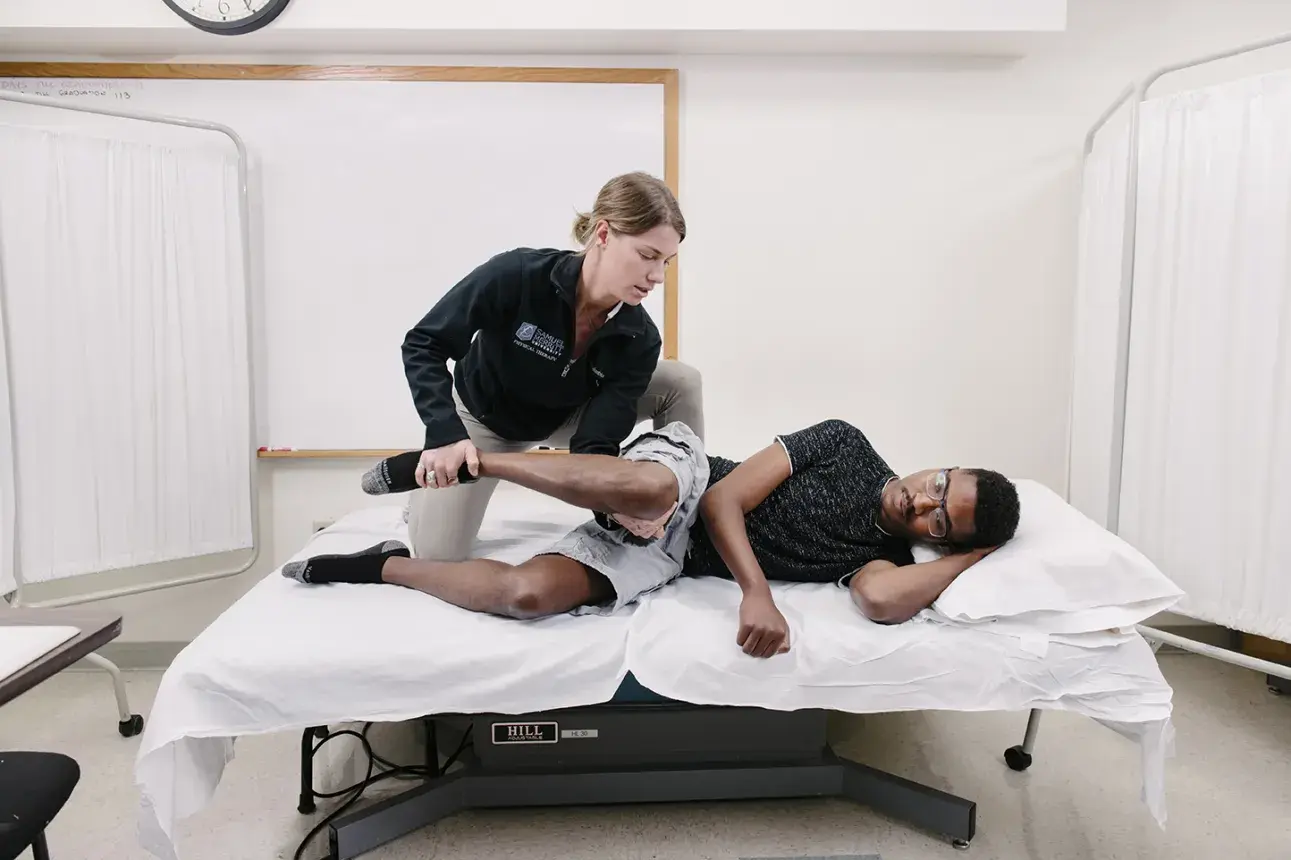Curriculum
Balancing pre-clinical and clinical education while preparing you to become a competent, confident, caring physician.
Our four-year curriculum is rigorous but student-centered.
We listen to you (our students).
We listen to our faculty and staff.
We listen to our clinical faculty.
We listen to residency programs.
We listen to our alumni.
We listen to the trends in healthcare.
We listen and strive to keep our curriculum current and engaging.




